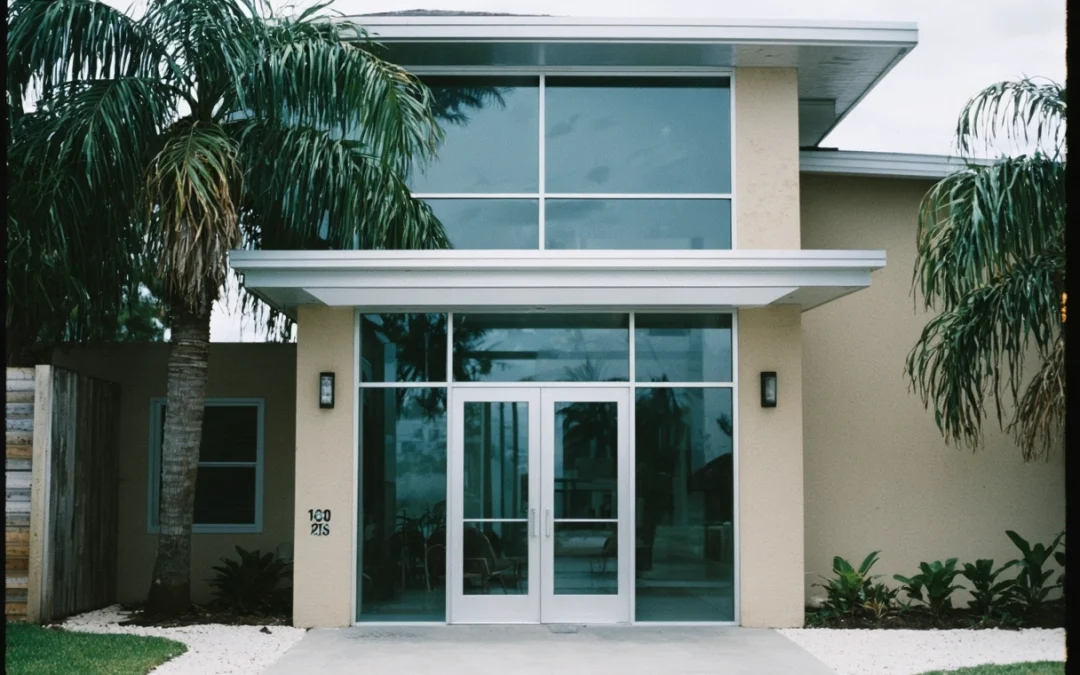Understanding the Durability of Aluminum Front Entryways in Hurricane-Prone Regions
In recent years, the demand for resilient and aesthetically pleasing front entryways has surged, especially in hurricane-prone regions. Homeowners and builders alike are increasingly looking for materials that can withstand harsh weather conditions without sacrificing style or functionality. Among the popular options, aluminum front entryways stand out for their unique combination of strength, longevity, and modern appeal. This comprehensive guide delves into the durability of aluminum front entryways, exploring their benefits, construction, and suitability for homes in areas susceptible to hurricanes and severe storms.
From understanding the unique properties of aluminum to exploring installation techniques and maintenance requirements, this post covers all aspects relevant to anyone considering an aluminum entryway in a hurricane-prone environment. Whether you’re a homeowner, contractor, or architect, you’ll gain valuable insights into making an informed choice for your next entry enclosure project.
The Science Behind Aluminum’s Strength
Aluminum has long been recognized for its excellent strength-to-weight ratio. Unlike heavier metals such as steel, aluminum provides comparable structural stability without adding significant weight to the structure. This feature is particularly advantageous in hurricane-prone regions, where building codes often require materials that can resist extreme wind loads while minimizing stress on the overall structure.
The atomic structure of aluminum makes it inherently resistant to corrosion and fatigue, two factors that are critical in coastal and humid environments. According to a Scientific American article on aluminum’s resistance to corrosion, the metal naturally forms a thin, protective oxide layer when exposed to air, safeguarding it from the elements. This characteristic contributes directly to the long-lasting durability of aluminum front entryways, even when subjected to salt spray, rain, and fluctuating temperatures common in hurricane regions.
Hurricane-Resistant Design Features
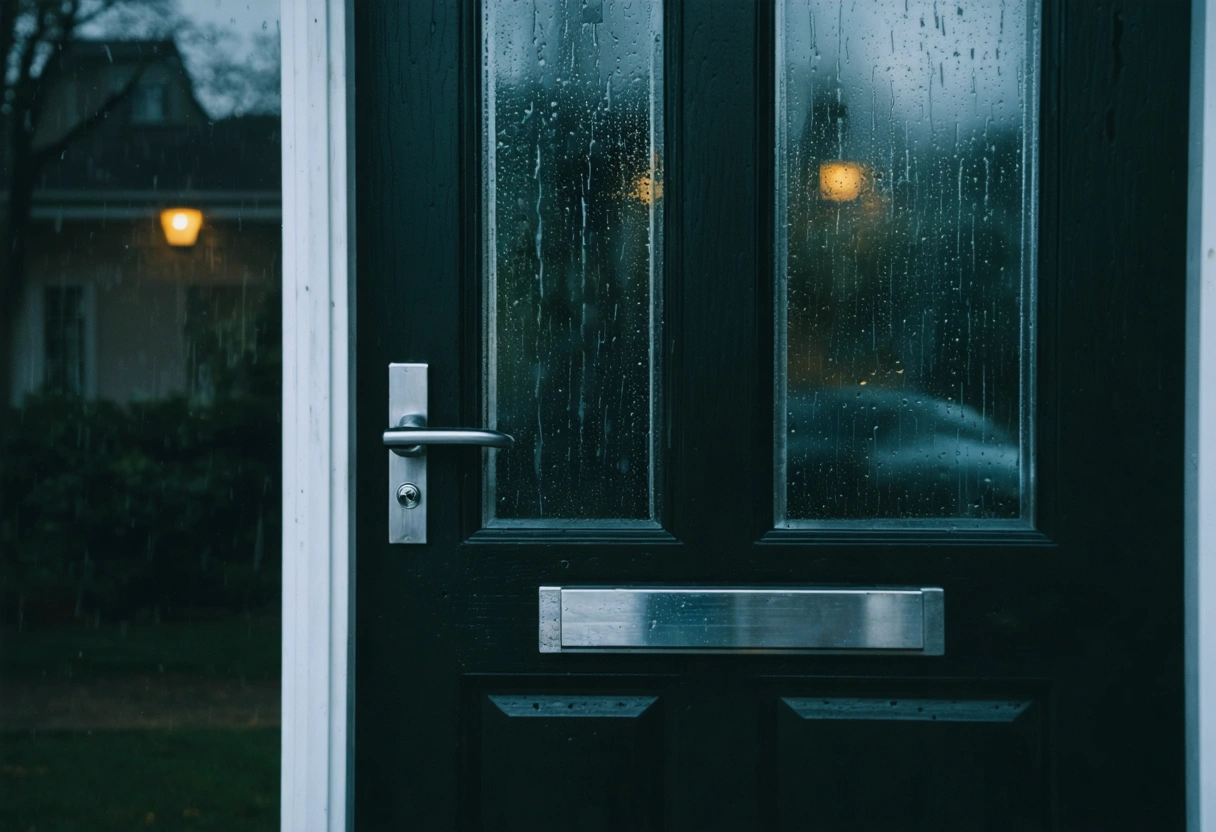
One of the most critical considerations when selecting a front entryway for a hurricane-prone area is its ability to withstand high winds, flying debris, and heavy rainfall. Aluminum entryways are often engineered with reinforced frames, multi-point locking systems, and impact-resistant glazing to meet or exceed stringent building codes. These features are essential for preventing structural breaches during severe storms.
Modern aluminum front entryways are designed with Federal Emergency Management Agency (FEMA) guidelines for wind-resistant construction in mind. For example, door frames are often anchored into the building’s foundation, and panels are tested against simulated hurricane conditions to ensure compliance. High-quality weather stripping and threshold systems further enhance water and air infiltration resistance, keeping interiors safe and dry during adverse weather events.
Additionally, many manufacturers offer customization options, such as laminated glass inserts and reinforced hinges, that not only improve resistance to impacts but also boost security against forced entry. These advanced design features make aluminum entryways particularly well-suited for both residential and commercial properties in storm-prone zones.
Corrosion Resistance in Coastal and Humid Climates
Corrosion is a primary concern for any material exposed to the salty air and humidity typical of hurricane-prone coastal regions. Unlike iron and steel, which are susceptible to rust, aluminum’s natural oxide layer provides a formidable barrier against moisture and salt. This property significantly extends the lifespan of aluminum entryways, reducing maintenance costs and ensuring long-term performance.
For enhanced protection, many aluminum entryways are finished with additional coatings, such as powder coating or anodizing. These treatments further improve resistance to environmental factors, prevent discoloration, and maintain the door’s appearance over time. According to the Corrosionpedia resource on aluminum corrosion, properly treated aluminum can last for decades with minimal signs of wear, even in the most challenging environments.
It’s also worth noting the ease with which aluminum can be cleaned and maintained. Unlike wood, which may require frequent painting or sealing, and steel, which might need rust inhibitors, aluminum typically only needs occasional washing to remove dirt and salt buildup, making it a practical choice for busy homeowners.
Thermal Performance and Energy Efficiency
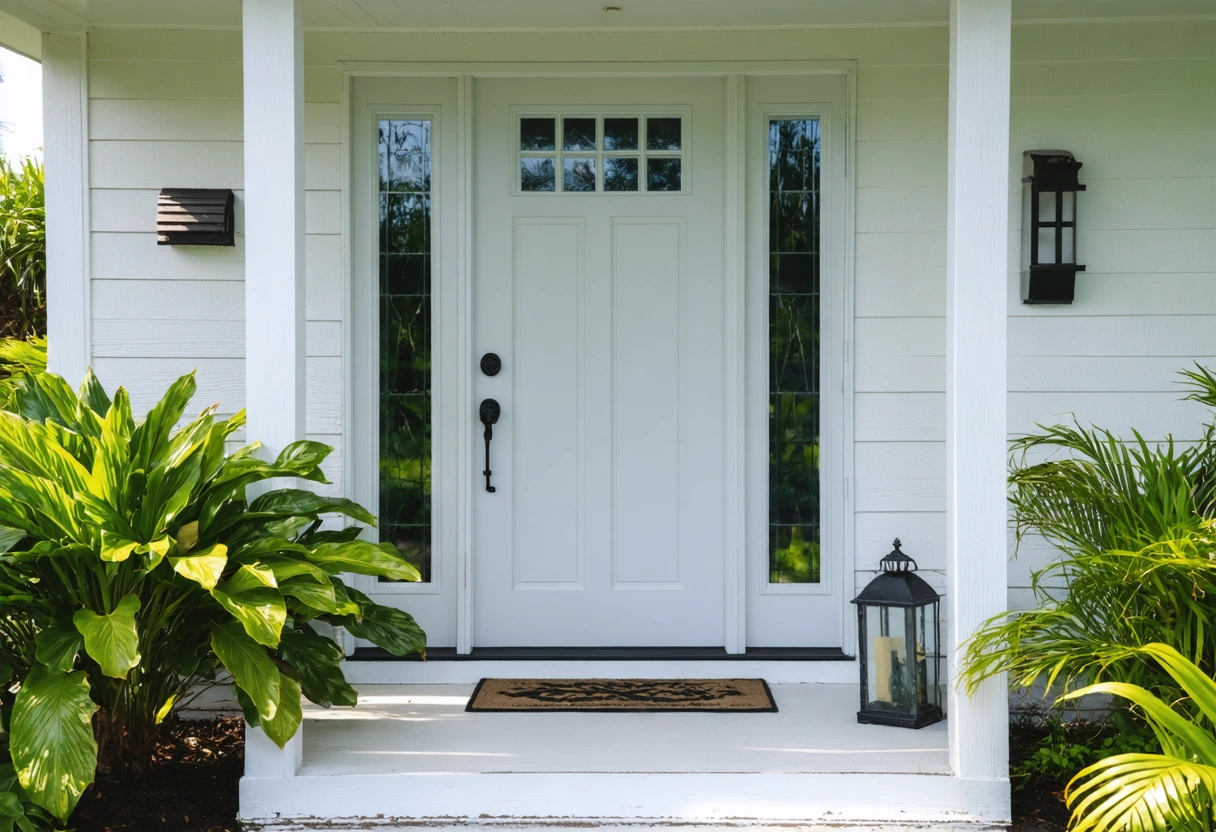
While strength and durability are primary concerns, energy efficiency is equally important, especially in regions where hurricanes are often accompanied by intense heat or cold. Aluminum’s thermal conductivity is higher than some other materials, but advances in manufacturing have led to the development of thermal breaks—insulating barriers within the frame—which significantly improve energy performance.
Modern aluminum entryways often feature insulated cores and high-performance glazing, helping to minimize heat transfer and maintain comfortable indoor temperatures. The U.S. Department of Energy’s guide to energy-efficient doors highlights the importance of proper installation and insulation in maximizing a door’s thermal performance. By selecting an aluminum entryway with these advanced features, homeowners can enjoy both storm protection and reduced energy costs throughout the year.
In addition to insulation, many aluminum doors are compatible with smart locks, integrated blinds, and other technologies that enhance convenience and further improve energy savings, making them an excellent investment for the modern home.
Installation Practices for Maximum Durability
The durability of an aluminum front entryway is not solely dependent on the quality of materials and construction; proper installation is equally vital. To ensure optimal performance, entryways must be precisely measured, aligned, and securely anchored to the building’s structure.
In hurricane-prone regions, installers often utilize specialized fasteners and brackets designed to withstand uplift and lateral forces caused by strong winds. The use of expanding foam sealants and high-grade caulking ensures airtight seals around the frame, preventing water infiltration and reducing the risk of mold or water damage.
It’s crucial to work with experienced professionals who are familiar with local building codes and hurricane-resistant installation techniques. The Florida Building Code resources provide detailed guidance on proper door installation in storm-prone areas, emphasizing the importance of compliance with state and local regulations.
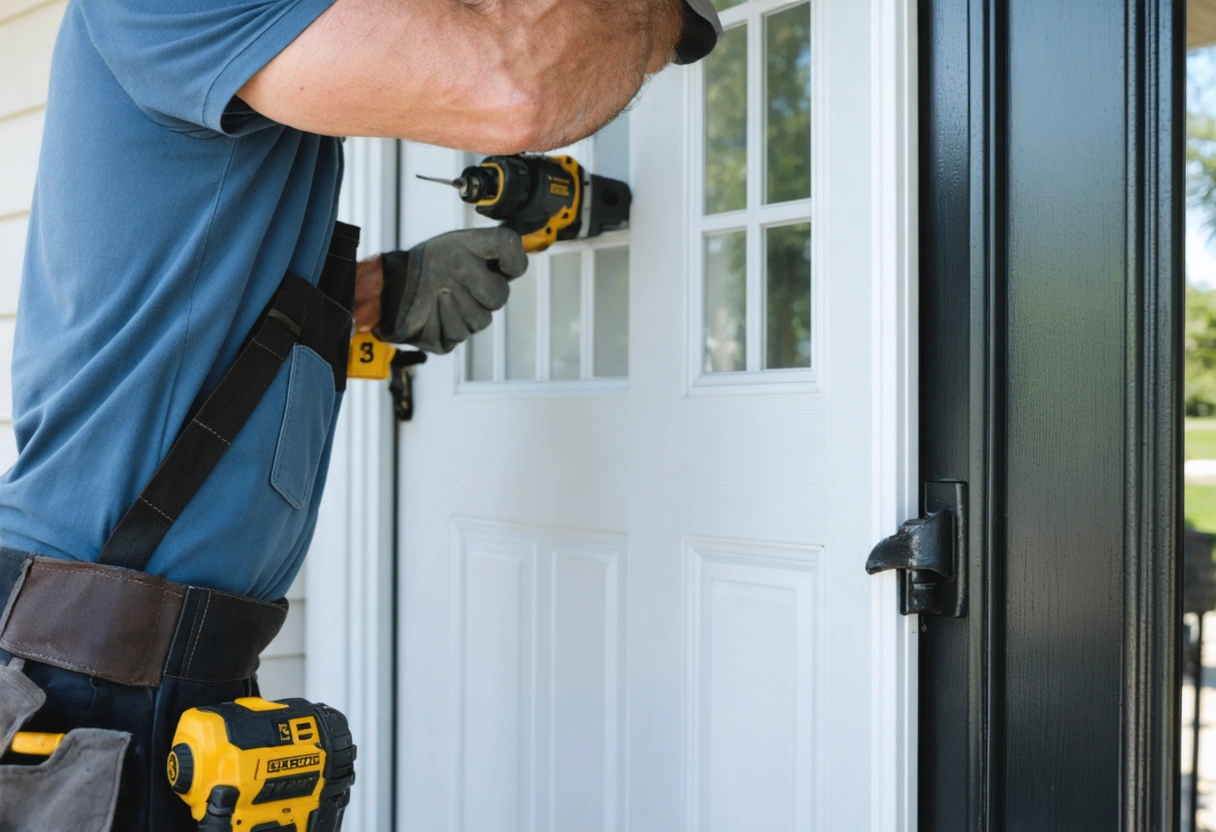
Homeowners should also consider routine inspections, especially after severe weather events, to ensure that the entryway remains secure and undamaged. Early detection of minor issues, such as loose fasteners or worn weather stripping, can prevent costly repairs and extend the life of the door.
Comparing Aluminum to Other Materials
When evaluating front entryways for hurricane-prone regions, aluminum is often compared to other common materials such as wood, steel, and fiberglass. Each material has distinct advantages and limitations in terms of durability, maintenance, cost, and appearance.
- Wood: While wood offers natural beauty and a classic look, it is vulnerable to warping, rotting, and termite damage, especially in humid or coastal environments. Wood doors require regular maintenance, including painting or sealing, to maintain their integrity.
- Steel: Steel entryways provide excellent strength and security, but they are prone to rust if not properly coated or maintained. Dents and scratches can expose the underlying material, leading to corrosion over time.
- Fiberglass: Fiberglass doors are lightweight, resistant to corrosion, and can mimic the look of wood. However, they may not offer the same level of impact resistance as reinforced aluminum or steel in extreme weather events.
- Aluminum: Aluminum strikes a balance between strength, weight, and corrosion resistance. With proper reinforcement and installation, aluminum entryways can meet or exceed the performance standards required for hurricane protection, all while offering a modern and customizable appearance.
For more details on material performance in severe weather, the Houzz discussion on hurricane-ready doors provides valuable insights into the pros and cons of each option.
Design Flexibility and Aesthetic Options
Beyond durability and performance, aluminum entryways offer remarkable design flexibility. Modern manufacturing techniques allow for a wide range of finishes, colors, and configurations, from sleek contemporary looks to options that mimic the appearance of wood grain. This versatility enables homeowners to select an entryway that complements their architectural style while meeting functional requirements.
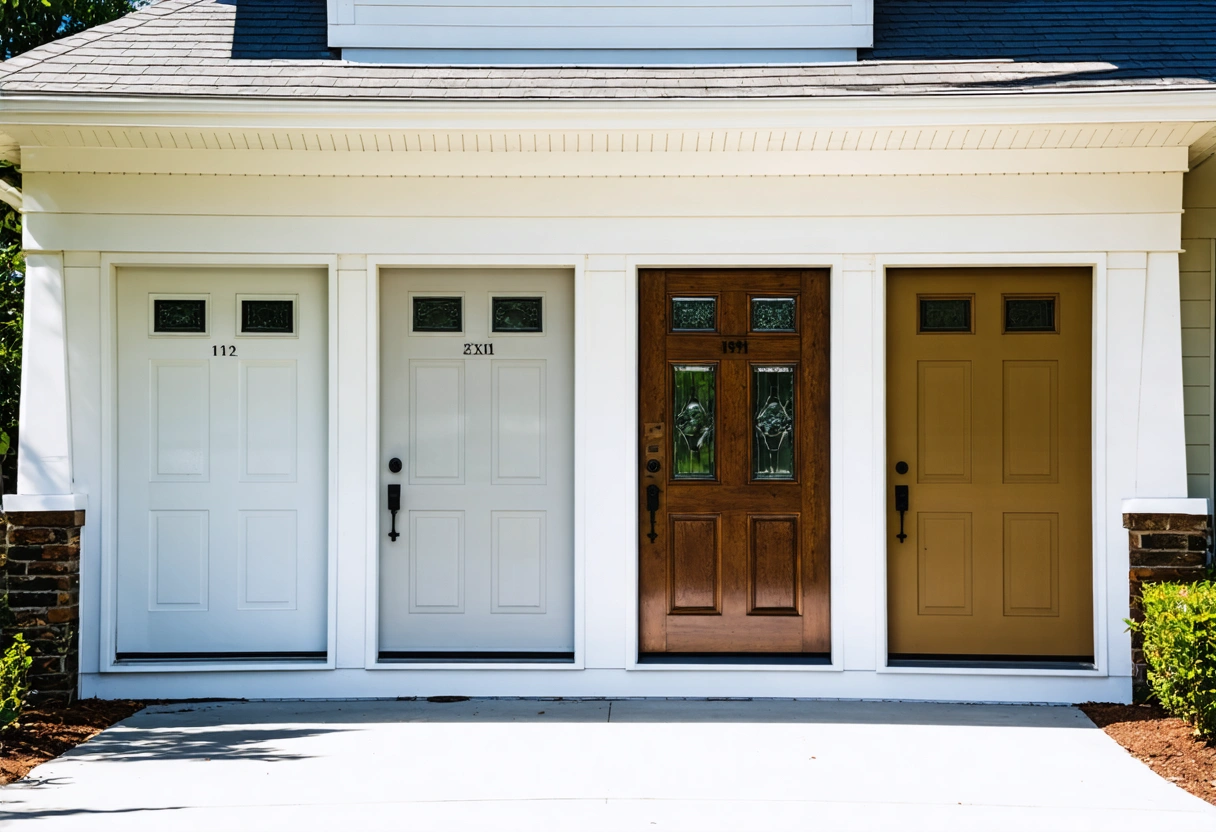
Customizable features, such as decorative glass inserts, transoms, sidelights, and hardware selections, further enhance the aesthetic appeal of aluminum front entryways. These options allow for the creation of a welcoming and secure entry point that reflects the homeowner’s personality and preferences.
Design flexibility also extends to accessibility and security features. With options for wider openings, low thresholds, and compatible smart home technology, aluminum entryways can be tailored to meet the needs of families, seniors, and individuals with disabilities without compromising on storm resilience.
Maintenance and Long-Term Care
One of the primary advantages of aluminum entryways is their low maintenance requirements compared to wood or steel. The inherent corrosion resistance of aluminum, combined with quality finishes, means that homeowners can enjoy years of trouble-free performance. Routine cleaning with mild soap and water is usually sufficient to maintain the door’s appearance and functionality.
It is important to periodically inspect weather stripping, hinges, and locks, especially following significant weather events. Promptly addressing any signs of wear, such as loose hardware or degraded seals, can prevent water intrusion and maintain the integrity of the entryway. For more in-depth guidance, the This Old House guide to entry door maintenance offers practical tips for keeping aluminum doors in top condition year-round.
Many aluminum entryway manufacturers also provide warranties covering finish, hardware, and structural performance, offering additional peace of mind for homeowners in hurricane-prone regions.
Environmental Benefits and Sustainability
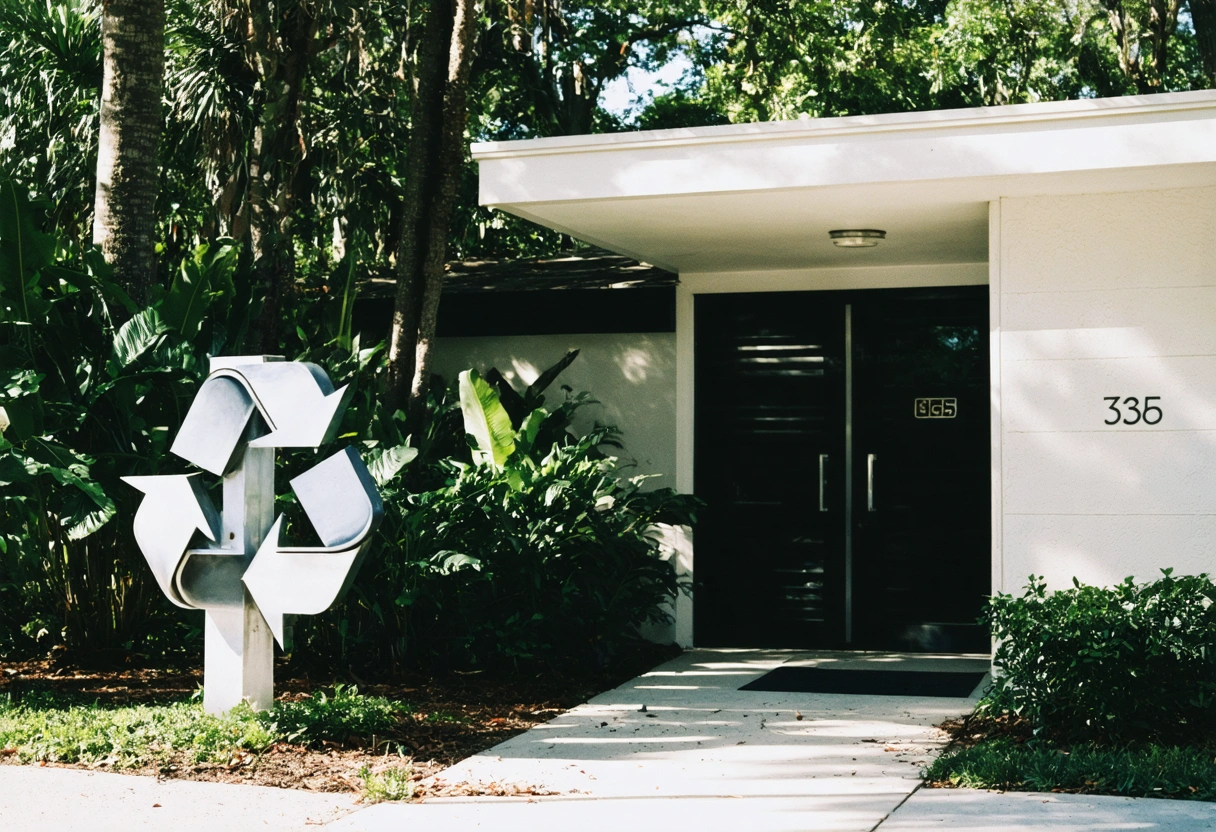
Aluminum is not only durable and attractive but also highly sustainable. It is one of the most recyclable building materials available, with a significant percentage of aluminum products made from recycled content. Recycling aluminum requires only a fraction of the energy needed to produce new metal, reducing the environmental impact of construction projects.
In addition, the longevity of aluminum entryways means fewer replacements over the life of a building, further minimizing waste. The energy-efficient properties of insulated aluminum doors can also contribute to reduced heating and cooling costs, supporting broader sustainability goals for homeowners and builders alike.
As green building practices continue to gain traction, aluminum’s recyclability and energy efficiency make it an excellent choice for environmentally conscious projects in hurricane-prone regions.
An Ideal Choice for Storm-Ready Entry Enclosures
Aluminum front entryways offer a compelling array of benefits for homes and businesses in hurricane-prone regions. Their superior strength, corrosion resistance, and design flexibility make them a preferred solution for those seeking both security and style. With advancements in engineering and finishing techniques, modern aluminum entryways can withstand the rigors of extreme weather while providing energy efficiency and aesthetic appeal.
Proper installation and routine maintenance further enhance the long-term performance of aluminum doors, ensuring that they remain a reliable barrier against the elements for years to come. By understanding the unique properties and advantages of aluminum, homeowners and builders can make informed choices that protect their properties and provide peace of mind in the face of nature’s most powerful storms.
Whether you are constructing a new home, renovating an existing property, or simply upgrading your entry enclosure, consider the enduring value and resilience of aluminum front entryways for ultimate protection and curb appeal in hurricane-prone environments.
Need help with Understanding the Durability of Aluminum Front Entryways in Hurricane-Prone Regions?
